Introduction to Crankshafts
The crankshaft is a crucial component in internal combustion engines, converting linear motion into rotational motion. Its role is vital for the overall performance and efficiency of the engine. By understanding the parts of a crankshaft, one can appreciate its intricate design and functionality. The crankshaft facilitates the transformation of energy produced during combustion into the rotational force needed to power vehicles and machinery.
Crankshafts are typically made from high-strength steel or cast iron to withstand the pressures and forces generated during engine operation. The design and construction must be precise, as even the slightest imperfections can lead to decreased efficiency or failure. This article will outline the various parts of a crankshaft, their functions, and how they contribute to the overall operation of an engine. By the end, readers will have a deeper understanding of this essential engine component.
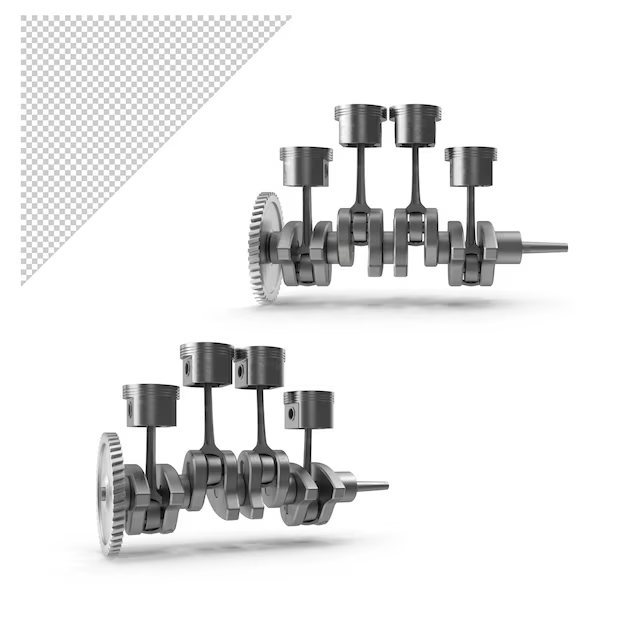
Main Parts of a Crankshaft
Crankpins
Crankpins are among the most important parts of a crankshaft. They are the sections of the crankshaft where the connecting rods are attached. These pins act as pivot points that connect the crankshaft to the pistons, facilitating the conversion of the piston’s linear motion into rotational motion. Each crankpin is designed to bear significant loads, making it essential for proper engine function.
The configuration of crankpins is vital to the engine’s performance. They determine the stroke length and the overall efficiency of the engine cycle. Additionally, crankpins are subject to continuous wear and tear due to the high levels of friction and heat they encounter. Therefore, they are often treated with special coatings or finished to reduce friction and increase durability.
Counterweights
Counterweights play a critical role in balancing the crankshaft. Engineers strategically place the counterweights along the shaft, opposite the crankpins, to counteract the uneven forces generated during engine operation. When the connecting rods move, they create vibrations and imbalances that can lead to operational issues. Counterweights help mitigate these effects by providing balance, which is essential for smoother engine operation.
The shape and size of counterweights can affect the overall weight of the crankshaft and the engine’s performance. A well-designed counterweight system reduces vibration and enhances the engine’s longevity. Additionally, balanced crankshafts improve comfort in vehicles, leading to a smoother ride for passengers. Therefore, counterweights contribute to both performance and driving experience.
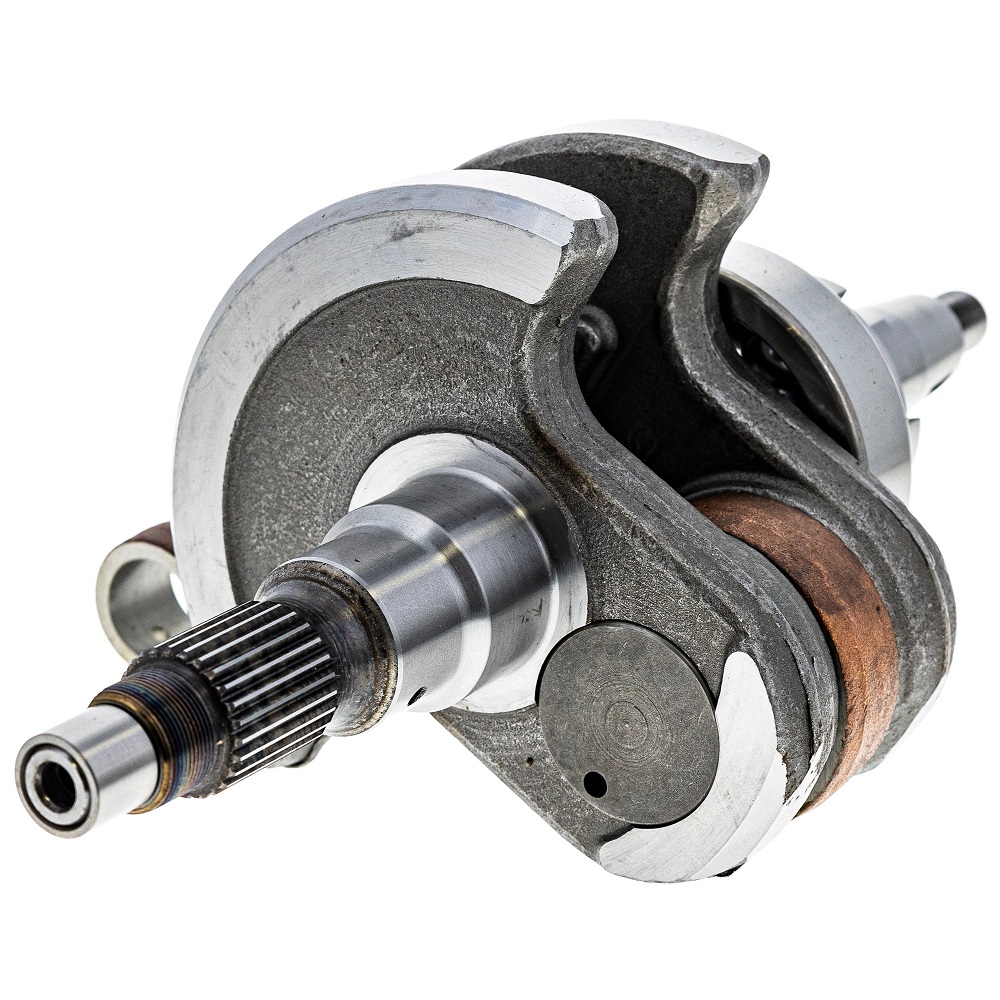
Main Journals
Main journals are the sections of the crankshaft that sit in the engine block and provide support. They serve as the mounting points where the crankshaft is stabilized. These journals are crucial for maintaining the crankshaft’s position and ensuring smooth rotation. The design and precision of the main journals can greatly affect the stability and performance of the engine.
Each main journal is supported by a bearing, which allows for easy rotation. The surfaces of the main journals are usually smooth and coated to minimize friction and wear. Regular maintenance, such as proper lubrication, is important to maintain the health of the main journals. Careful monitoring of these components is essential for long-term engine performance.
The Function of a Crankshaft
Converting Motion
The primary function of a crankshaft is to convert the pistons’ linear motion into rotational motion that drives the wheels of a vehicle or powers machinery. When fuel ignites in the engine’s cylinders, it generates pressure that pushes the pistons down. As the pistons move down, they are connected to the crankpins on the crankshaft, causing the crankshaft to rotate.
This conversion of motion is a fundamental principle of most internal combustion engines. The crankshaft transmits the rotational energy it produces through the drivetrain to propel the vehicle forward. Without a properly functioning crankshaft, the engine cannot convert the power produced by combustion into usable motion, highlighting its critical role in engine operation.
Balancing Forces
In an internal combustion engine, several forces act on the crankshaft. These forces result from combustion, inertia, and angular momentum. To ensure smooth operation, the crankshaft must balance these opposing forces effectively. A well-balanced crankshaft minimizes vibrations that can lead to damage or discomfort while driving.
Proper balancing is achieved through the thoughtful design of each component, including crankpins and counterweights. By distributing the weight evenly, engineers ensure that the crankshaft operates harmoniously within the engine. This balance not only enhances performance but also increases the longevity of both the crankshaft and the engine as a whole.
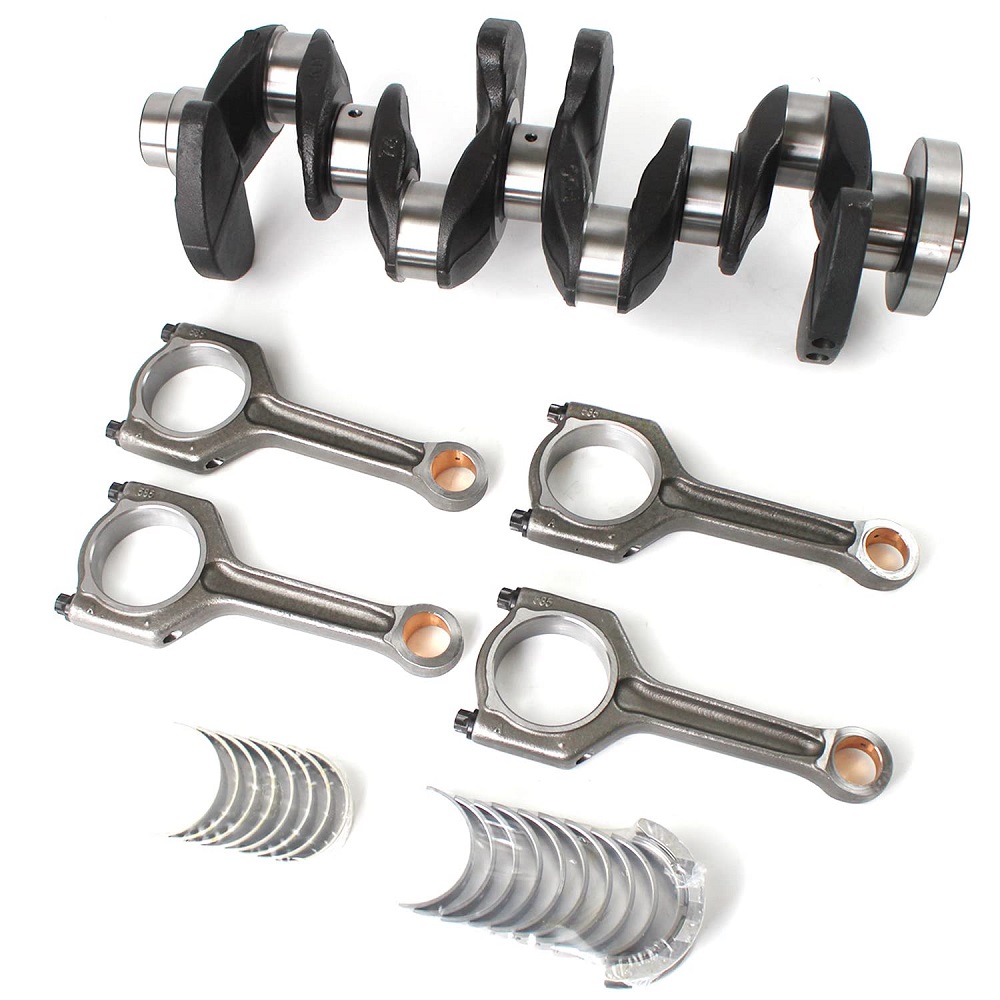
The Construction of a Crankshaft
Material Selection
The materials used in crankshaft construction are crucial for durability and performance. Crankshafts are typically made from high-strength steel or cast iron. These materials provide the necessary strength to endure the stresses of operation while offering some flexibility to prevent breakage.
In high-performance applications, manufacturers may use forged steel, which undergoes a process that increases its strength and resistance to wear. Forged crankshafts provide superior performance, making them popular in racing applications. The selection of material not only impacts immediate performance but also influences the crankshaft’s overall lifespan.
Design Precision
The design of a crankshaft is highly precise, as even minor deviations can lead to significant issues during operation. Engineers must carefully calculate the placement of crankpins, counterweights, and main journals to optimize performance. Advanced computer-aided design (CAD) software is often used to create detailed specifications for manufacturing.
The tolerance levels in crankshaft manufacturing are tight, ensuring a perfect fit within the engine block. Precision machining is essential for producing a crankshaft that can operate smoothly. Quality control measures during the manufacturing process ensure that the final product meets the standards required for high performance and reliability.
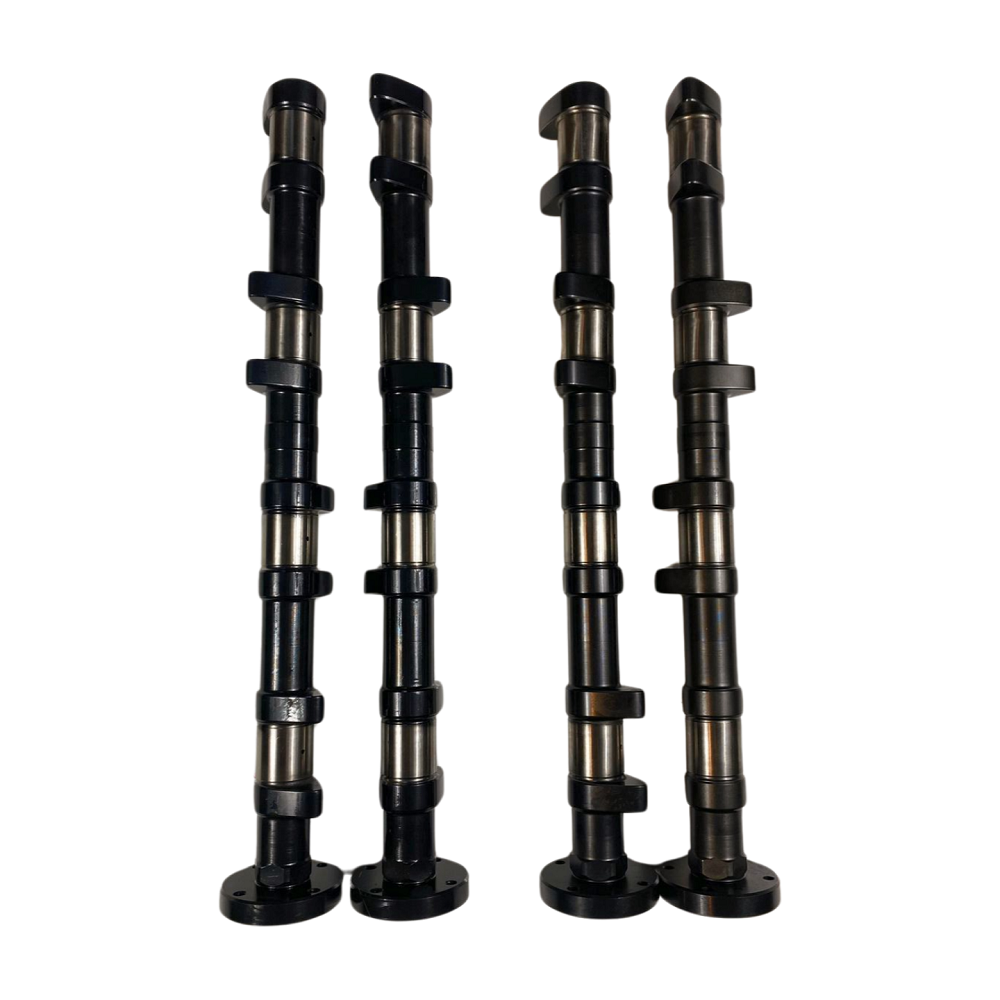
Maintenance of a Crankshaft
Regular Inspections
Maintaining a crankshaft involves regular inspections to identify any potential issues. Mechanics will typically check for wear and damage to the crankpins, main journals, and counterweights. Regularly inspecting these components can help catch problems before they escalate into costly repairs or engine failures.
Common signs of crankshaft problems include unusual vibrations, noise, or difficulty in starting the engine. If you suspect there may be an issue, it is important to have a professional mechanic conduct a thorough inspection. Timely maintenance can enhance the lifespan of the crankshaft and the engine itself.
Lubrication and Care
Proper lubrication is vital for keeping the crankshaft healthy and functioning smoothly. Engine oil plays a crucial role in reducing friction and heat between the moving parts. Ensuring that the engine maintains the correct oil level and is regularly changed can prevent premature wear.
Mechanics often recommend using high-quality engine oils designed for specific vehicles. Using the correct oil can improve lubrication properties and enhance performance. Regular oil changes not only keep the crankshaft running smoothly but also contribute to the overall health of the engine.
Innovations in Crankshaft Technology
Advanced Materials
Recent advancements in materials technology have led to the development of lighter and stronger crankshafts. Researchers are exploring innovations such as composite and aluminum composite materials to reduce weight while maintaining strength. These materials can help improve fuel efficiency and overall performance in modern engines.
The use of advanced alloys and treatments can also enhance durability and resistance to wear. As engineers continue to innovate, the construction of crankshafts will evolve, leading to improved vehicle performance and efficiency. Such innovations benefit not only racers but also everyday drivers looking for improved performance and reliability.
Computer-Aided Design in Engineering
Engineers have transformed the development of crankshaft components through the integration of computer-aided design (CAD) technology. Engineers can now create highly accurate simulations of crankshaft performance. These simulations allow for testing different designs and materials before moving to actual production.
This technology allows manufacturers to optimize crankshaft designs for various applications, from everyday cars to high-performance racing machines. By utilizing advanced simulations, teams can identify the best configurations that deliver maximum strength and efficiency. This approach results in superior-quality crankshafts that meet the demands of modern engines.
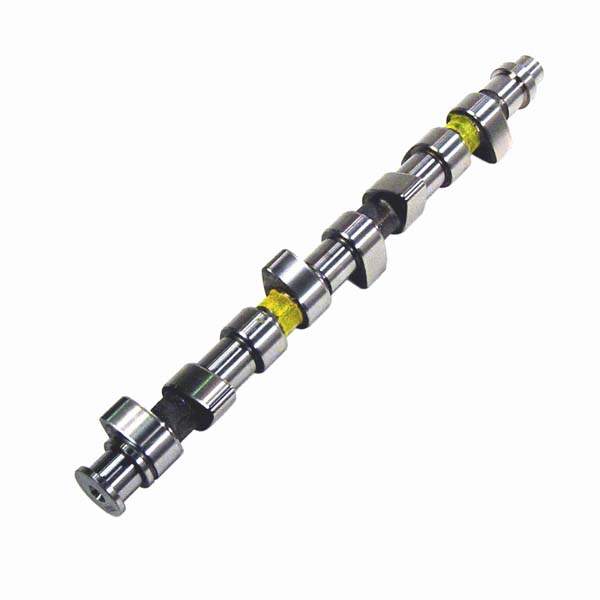
Conclusion: The Importance of Crankshafts in Engine Performance
A Critical Engine Component
In conclusion, the crankshaft is a vital component in an internal combustion engine. Its ability to convert linear motion into rotational motion is essential for the functioning of vehicles and machinery. Understanding the different parts of a crankshaft, including crankpins, counterweights, and main journals, allows for a deeper appreciation of its role and significance in engine performance.
Regular maintenance, proper lubrication, and attention to design and construction are crucial for ensuring a crankshaft’s longevity and reliability. With advancements in materials and technology, crankshafts are evolving to meet the demands of modern engines, emphasizing the importance of considering functionality and performance in their design.
Embracing Future Innovations
As the automotive industry continues to innovate and advance, the design and functionality of crankshafts will also evolve. Embracing these changes will lead to improvements across the board, from fuel efficiency to vehicle performance. Manufacturers will continue to explore new technologies that allow for lighter and stronger crankshafts, ultimately benefiting consumers by enhancing their driving experience.
Understanding the critical elements involved in crankshaft operation prepares mechanics, engineers, and enthusiasts for the future of automotive technology. As new innovations emerge, the importance of the crankshaft in engine mechanics will remain steadfast, solidifying its role as a key player in the world of internal combustion engines.
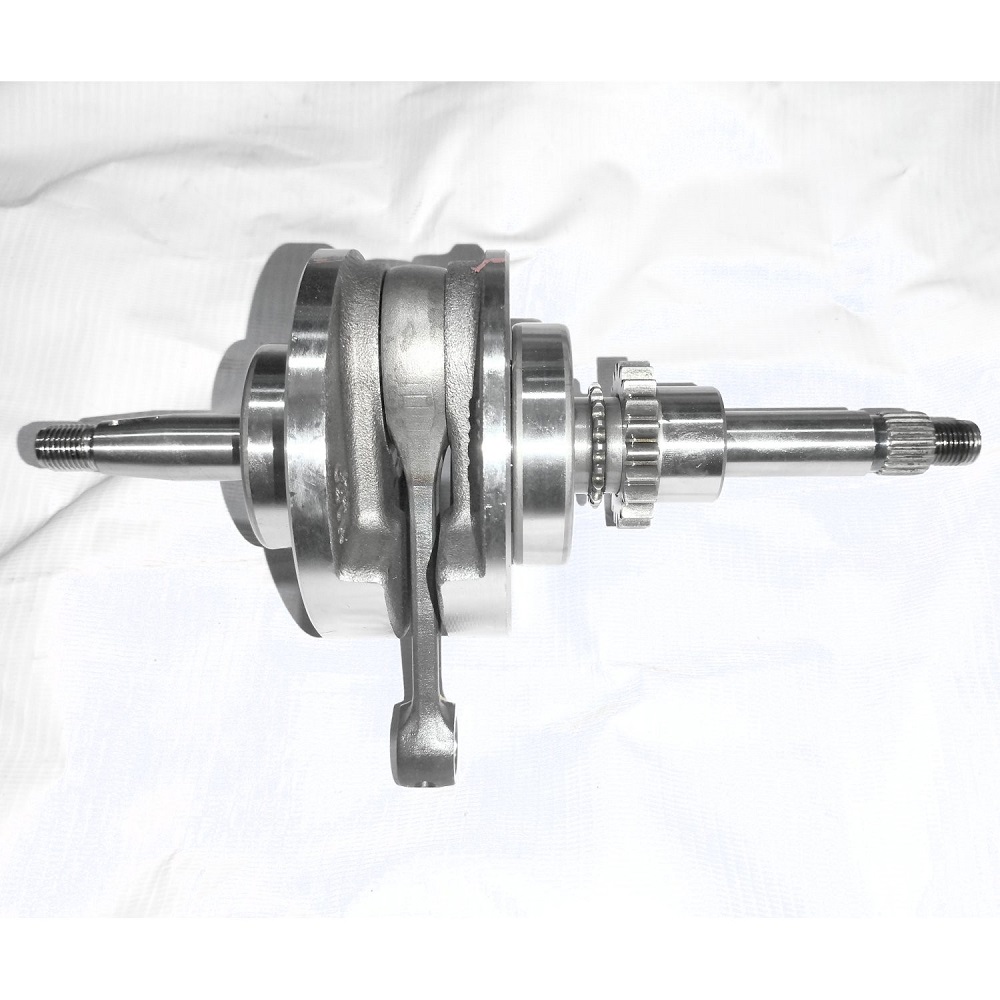
Leave a Reply